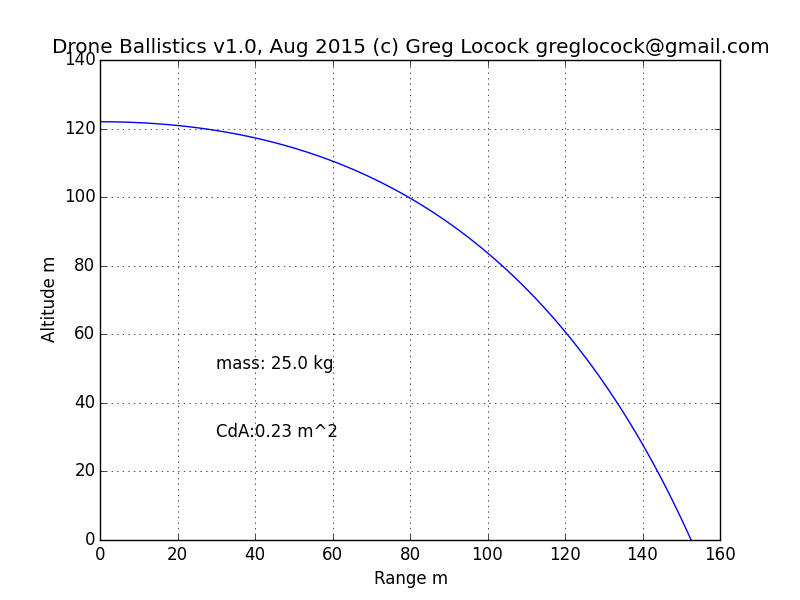BUGGAR
Structural
- Mar 14, 2014
- 1,732
I’m working on an FAA Exemption for a client to fly commercial drones. A typical FAA requirement is to fly no faster than 100 mph and no higher than 400 feet above ground level. Also, your operational boundary has to be 500 feet away from someone you don’t want to hit. Before I do the math, does anyone know drone aerodynamics to determine if a 55 lb drone going 100 mph at 400 feet altitude will fall within the 500 feet safety zone if power and control quit immediately? This would be a quadcopter type drone, not a glider.
Of interest: a 55 lb drone at 400 feet has 22,000 ft lb of energy, same as a 4 ft x 8 ft x 1inch steel road plate falling from 17 feet. A drone freefalling from 400 feet with no air drag will hit the ground at 110 mph.
Thank you everbody.
Of interest: a 55 lb drone at 400 feet has 22,000 ft lb of energy, same as a 4 ft x 8 ft x 1inch steel road plate falling from 17 feet. A drone freefalling from 400 feet with no air drag will hit the ground at 110 mph.
Thank you everbody.


